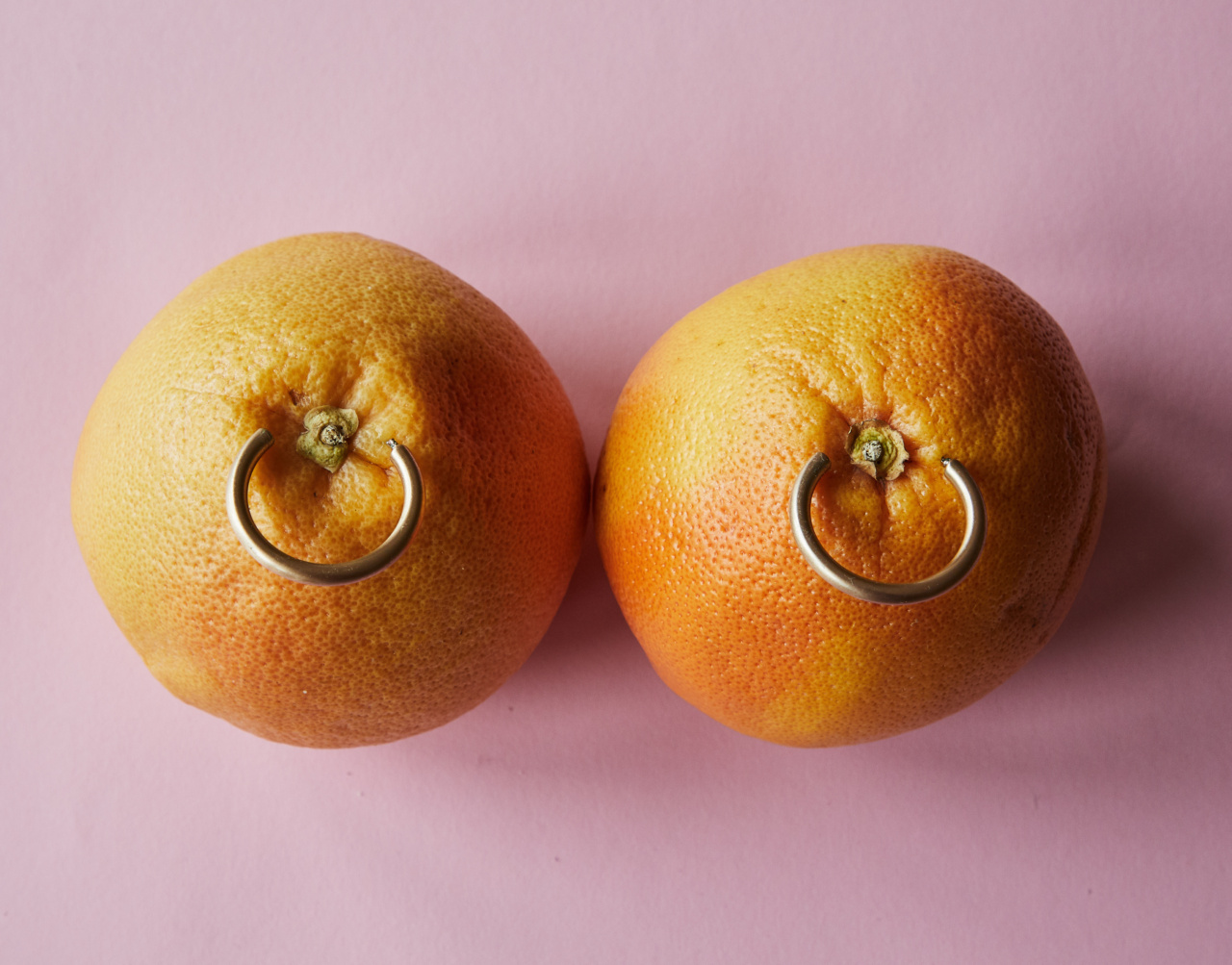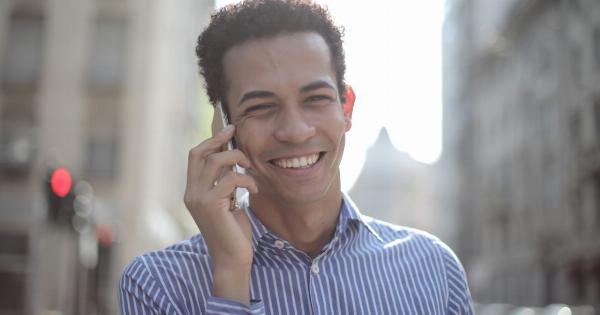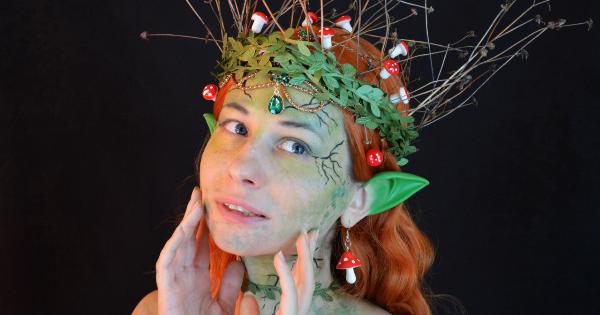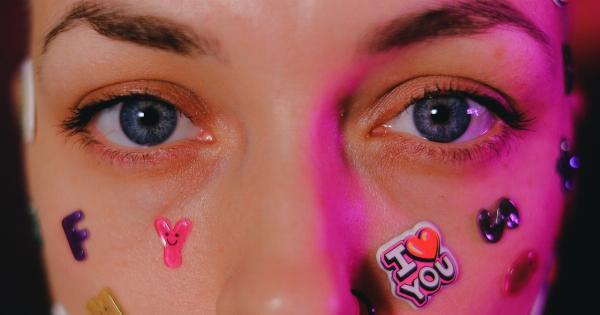Body modification and decorating one’s appearance has been a trend that has culturely been present for thousands of years. Different cultures have different ways of customizing ones body, with piercings and tattoos being the most common practices.
However, piercings have come with their own set of risks and complications, especially when it comes to eyebrow jewelry, which is a particularly risky type of piercing. This article will explore some of the risks of eyebrow jewelry, how to avoid them, and ways to take care of your piercing to prevent further complications.
The Procedure
Before diving into the potential risks of getting an eyebrow piercing, it’s important to understand the procedure involved in getting one.
The process of getting an eyebrow piercing is relatively simple and straightforward, yet it must be carried out by a licensed piercer. The skin is punctured using a needle, and a piece of jewelry, usually a bar or captive bead ring, is inserted into the puncture.
The puncture usually takes around one to two months to heal properly, but this time can vary depending on the individual’s body and their healing abilities. During this time, it’s important to ensure proper cleaning and maintenance of the piercing to prevent potential risks and complications.
Potential Risks of Eyebrow Jewelry
As with any piercing, there are inherent risks associated with wearing jewelry in your eyebrow. Some potential risks of eyebrow jewelry include:.
1. Infection
One of the most common risks of eyebrow jewelry is infection. A piercing introduces a foreign body into your skin, which can make it susceptible to bacteria and other harmful microorganisms.
If you’re not careful to keep the piercing site clean and follow proper aftercare instructions, bacteria can enter the wound and cause an infection or abscess. Some signs of an infected piercing include redness, swelling, pain, heat, and pus discharge.
2. Allergic Reaction
Another potential risk of eyebrow jewelry is an allergic reaction to the jewelry itself. Jewelry contains various metals such as nickel, copper, and brass, which can cause an allergic reaction in some individuals.
When the metal comes into contact with the piercing site, it can cause itching, irritation, redness, or even an outbreak of hives and rashes. If you’re allergic to certain metals, it’s important to seek professional advice before getting an eyebrow piercing and selecting jewelry that is hypoallergenic and appropriate for your skin.
3. Keloids
In some cases, the piercing site may develop keloids, which are raised, bumpy scars that can form on your skin as a result of injury or trauma. Keloids are usually more common in darker skin types and can be challenging to remove once they have formed.
It’s important to monitor your piercing and note any keloid formation or abnormal scarring development.
4. Scarring
Unfortunately, scarring is a real risk with any piercing, including eyebrow jewelry. Depending on your individual healing ability, your piercing may leave behind a permanent scar, even after the wound has healed.
To minimize the risk of scarring, be sure to take care of your piercing and avoid playing with the jewelry or removing it too early.
5. Migration and Rejection
In some cases, the body may reject the jewelry altogether.
The process can happen gradually, resulting in the jewelry slowly moving away from the original piercing site, or it may occur abruptly, resulting in the jewelry falling out of the hole entirely. This is usually a result of the body’s immune system recognizing the jewelry as a foreign object and working to eliminate it.
If this occurs, it’s essential to seek professional advice and remove the jewelry from the piercing site altogether.
Prevention and Care
Despite the risks associated with eyebrow piercings, there are ways to prevent these complications and promote proper healing. One of the most crucial steps to take is to have your piercing done professionally by a licensed piercer.
Some practical tips to prevent complications include:.
1. Proper Hygiene
Good hygiene is critical when it comes to preventing complications. It’s important to wash your hands before handling the piercing and keep the piercing site clean and dry. Avoid using harsh soaps or chemicals that can irritate the piercing site.
2. Avoiding Harsh Environments
Avoid exposing your eyebrow piercing to harsh environments, such as swimming pools, gyms, or saunas, until the wound has healed completely.
These locations can introduce bacteria and other harmful microorganisms into the piercing site, causing infections or other complications.
3. Avoid Playing with the Jewelry
It’s essential to avoid playing with the jewelry or removing it too early. This can cause trauma to the piercing site, increasing the risk of complications and scarring. Avoid rotating the jewelry or touching it whenever possible.
4. Avoid Direct Sunlight
Direct sunlight and UV rays can cause your skin to dry out and become irritated, which can lead to complications in your piercing. It’s essential to avoid direct sunlight, tanning beds, and UV rays until the wound has fully healed.
The Bottom Line
Eyebrow jewelry can be a fun and exciting way to change up your appearance, but as with any piercing, there are inherent risks associated with it.
Understanding the potential complications and taking the necessary precautions to prevent them is essential. If you experience any adverse effects, be sure to consult with a licensed piercer or medical professional immediately.































